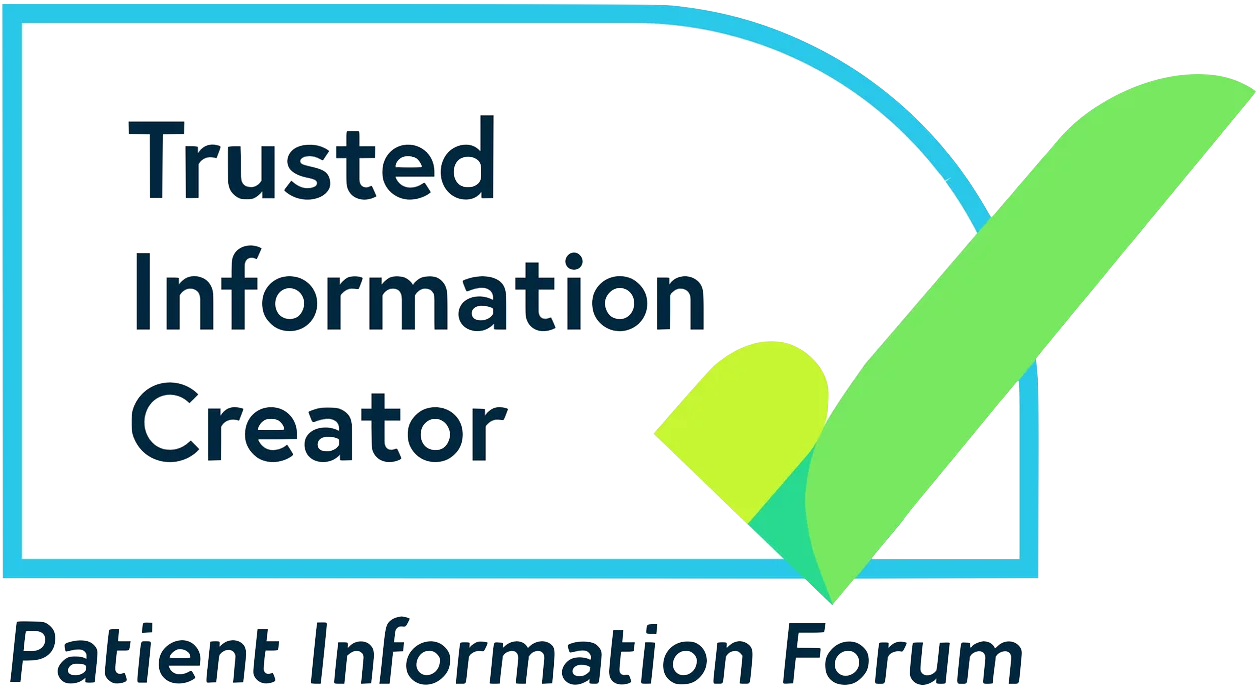If you would like to talk to someone about epilepsy, our trained advisers are here to help.
What would you like to find out about today?
Other names for Self-limited (familial) infantile epilepsy (SeLIE)
- Self-limiting and pharmacoresponsive focal epilepsy in infancy
- Benign partial epilepsy in infancy
- Benign focal epilepsy in infancy
- Benign familial (and nonfamilial) infantile seizures
Who gets SeLIE?
Self-limited infantile epilepsy (SeLIE) can start in babies between 3 and 20 months of age. But it usually begins when they’re around 6 months old. Of every 100 children who develop epilepsy under the age of 2, between 7 and 9 have this syndrome.
There isn’t a link between SeLIE and any problems during pregnancy or birth, or development problems. SeLIE is usually caused by a change (or ‘mutation’) in a certain gene. This gene mutation is not something you could have known about or done anything differently to prevent.
There are two ways a baby may develop these gene mutations:
- The affected gene is passed to the baby from a parent. This happens if the epilepsy syndrome runs in the family. This is called self-limited familial infantile epilepsy.
- The altered gene that causes the epilepsy appears for the first time in a child. This happens when there is no family history of the condition.
Symptoms
If your child has SeLIE, they will have focal seizures. A focal seizure affects just one side of the brain. The seizure is usually over within 2 or 3 minutes. Your child may get clusters of seizures, with up to 5 or 10 a day, for several days.
During a seizure, your child may:
- Suddenly stop what they are doing
- Stare straight ahead or to one side
- Turn their eyes or head to one side
- Make some unusual movements with their face, hands or arms called ‘automatisms’
- Make some jerking (clonic) movements, often alternating from one side of their body to the other
Sometimes, your child’s seizure may progress to a tonic-clonic seizure. In this type of seizure, your child will lose consciousness and their arms and legs may make jerking movements.
Don’t try to restrain or move a baby or young child having a seizure, unless they are in danger. You can help protect them from injury by placing pillows or soft padding around them.
Diagnosis
Your child should see a specialist doctor called a paediatrician for assessment. The doctor will examine your child and ask you exactly what happened during their seizure.
If you’re able to take video recordings of your child’s seizures, this can be helpful.
There are many other causes of seizures, and other epilepsy syndromes that can start in babies and young children. Your doctor will need to rule these out before making a diagnosis of SeLIE. To do this, they may organise for your child to have various tests, including:
- An EEG (electroenceophalography) to look at electrical activity in the brain
- Brain scans, such as a MRI (magnetic resonance imaging) or CT (computed tomography)
- Blood tests
- Genetic tests using a sample of your blood or saliva to look at your genes
If your child has SeLIE, genetic tests may find changes (or ‘mutations’) in certain genes. The most common gene associated with this particular syndrome is PRRT2.
Treatment
Your child’s doctor may prescribe epilepsy medicines, especially if your child is having lots of seizures. These could include:
- Carbamazepine
- Levetiracetam
- Lamotrigine
- Oxcarbazepine
- Zonisamide
Information about treatments for children can be found on the Medicines for Children website.
Outlook
Epilepsy medicines usually work well for children with SeLIE. In most children, the seizures stop happening within a year, and they can stop taking medicine. But occasionally, some children have epilepsy that continues as they get older and sometimes into adult life. The development and learning of children with SeLIE aren’t usually affected.
Children who have changes affecting the PRRT2 gene may also develop a movement disorder called paroxysmal kinesigenic dyskinesia/dystonia (or ‘PKD’). This means they have episodes of jerking or spasms, usually triggered by a sudden movement. The episodes may last up to a minute, and can happen several times a day. Children who have PKD usually find that they get fewer episodes as they get older. In the meantime, epilepsy medicines can be helpful for this condition. Your doctor will be able to talk to you about PKD if you would like more information.
Support
Charity for families with disabled children
Freephone helpline: 0808 808 3555
Email: helpline@contact.org.uk
Here to support you
Send us your question
Send a question to our trained epilepsy advisers. (We aim to reply within two working days).
More epilepsy syndromes
Here to support you
Call the Epilepsy Action helpline
If you would like to talk to someone about epilepsy, our trained advisers are here to help.
Send us your question
Send a question to our trained epilepsy advisers. (We aim to reply within two working days).


